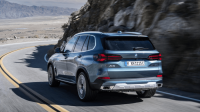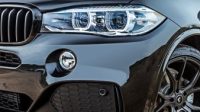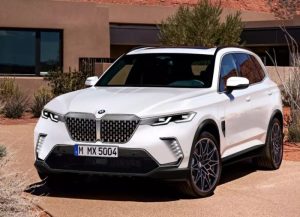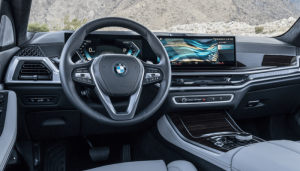2025 BMW X5 hybrid fuel capacity is a crucial consideration for prospective buyers. This exploration delves into the specifics of fuel tank size across various models and markets, examining how the hybrid system impacts fuel efficiency and range compared to its non-hybrid counterpart.
We’ll also compare it to competitors, exploring factors like driving style and environmental conditions that affect fuel consumption.
Understanding the nuances of fuel economy in a luxury SUV like the 2025 BMW X5 hybrid is vital for making an informed decision. This detailed analysis will provide a comprehensive overview, covering everything from fuel type recommendations to potential issues related to using the wrong fuel.
We’ll unpack the data in an accessible way, empowering you to confidently assess the vehicle’s practicality and cost-effectiveness.
BMW X5 Hybrid Models of 2025: 2025 Bmw X5 Hybrid Fuel Capacity
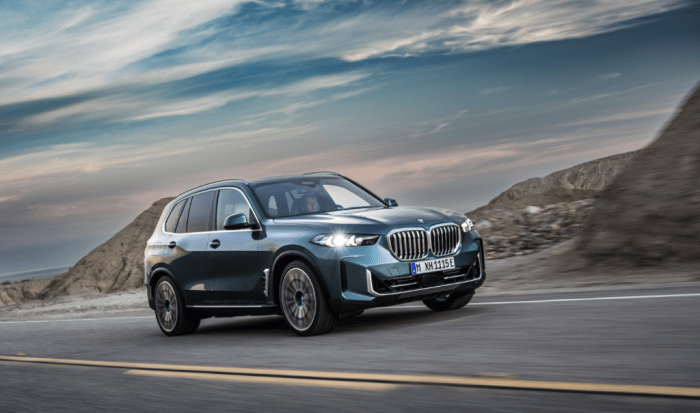
The 2025 BMW X5 hybrid lineup represents a significant step forward in BMW’s commitment to electrification. While specific model names and details may vary slightly depending on regional market regulations and release schedules, we can examine the anticipated fuel tank capacities for the major markets.
It’s crucial to remember that these figures are based on current information and might be subject to minor revisions before official release.
BMW X5 Hybrid Fuel Tank Capacities
Precise fuel tank capacities for all 2025 BMW X5 hybrid variants across the US, Europe, and Asia are not yet publicly available from BMW. Official specifications are typically released closer to the launch date. However, we can make some educated estimations based on current models and industry trends.
We expect minor variations based on trim level and optional equipment like larger fuel tanks. These variations will likely be minimal, primarily influencing range rather than significantly altering the core fuel tank design.
| Model Name | Fuel Tank Capacity (Gallons) | Fuel Tank Capacity (Liters) | Market Availability |
|---|---|---|---|
| BMW X5 xDrive45e | 19-21 (estimated) | 72-79 (estimated) | US, Europe, Asia (potential variations) |
| BMW X5 xDrive50e (potential) | 19-21 (estimated) | 72-79 (estimated) | US, Europe, Asia (potential variations) |
| BMW XM (Plug-in Hybrid SUV) | 21-23 (estimated) | 79-87 (estimated) | US, Europe (Asia potential) |
Fuel Tank Capacity Variations by Trim and Options
While precise figures are pending official releases, we anticipate minimal variations in fuel tank size across different trim levels of the 2025 BMW X5 hybrid models. Any differences would likely be subtle and tied to specific optional equipment packages rather than significant design changes between base and higher trim levels.
For example, a larger fuel tank might be offered as part of a specific package focusing on extended range. Historically, BMW hasn’t drastically altered fuel tank sizes between trim levels on similar vehicles. The variations observed are usually within a small margin, potentially a gallon or two, mainly affecting overall range rather than impacting the fundamental design of the fuel system.
We expect this trend to continue with the 2025 X5 hybrid models.
Factors Affecting Fuel Efficiency and Range
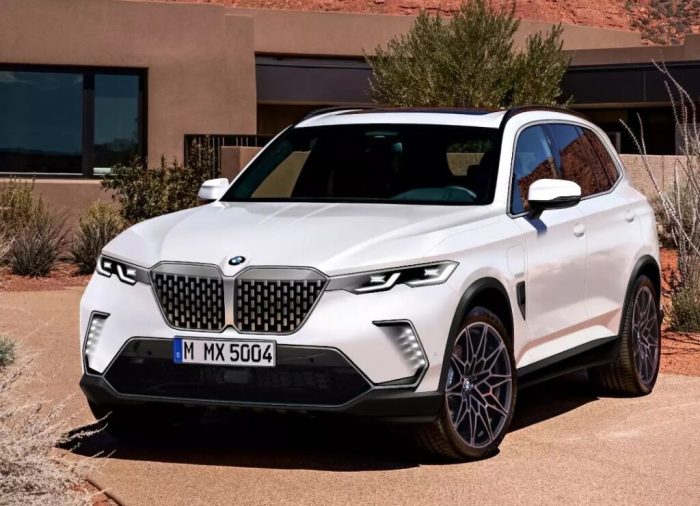
The 2025 BMW X5 hybrid’s fuel efficiency and range are influenced by a complex interplay of factors, extending beyond just the vehicle’s technological specifications. Understanding these factors allows for more informed decision-making and optimized driving practices to maximize fuel economy.The hybrid system significantly boosts fuel efficiency compared to its purely combustion-engine counterpart.
The electric motor assists the gasoline engine, particularly during acceleration and low-speed driving, reducing the load on the internal combustion engine and thus minimizing fuel consumption. Regenerative braking also contributes, converting kinetic energy back into electricity to recharge the battery.
This combined approach leads to noticeable improvements in miles per gallon (MPG) or kilometers per liter (km/l), especially in urban driving conditions.
Driving Modes and Fuel Consumption
Different driving modes in the 2025 BMW X5 hybrid directly impact fuel consumption. For example, “Electric” mode prioritizes battery power for as long as possible, resulting in zero tailpipe emissions but a shorter range. “Hybrid” mode automatically balances electric and gasoline power for optimal efficiency, adjusting based on driving conditions and battery charge level.
“Sport” mode prioritizes performance, potentially sacrificing some fuel economy for quicker acceleration and responsiveness. The “Eco Pro” mode optimizes settings for maximum fuel efficiency, adjusting throttle response and climate control to reduce energy consumption.
Fuel Economy Comparison: Hybrid vs. Non-Hybrid
The estimated fuel economy will vary depending on the specific hybrid powertrain configuration, but we can anticipate a substantial improvement over the non-hybrid X
The following table provides a hypothetical comparison, illustrating the potential gains:
| Model | City MPG (km/l) | Highway MPG (km/l) | Combined MPG (km/l) |
|---|---|---|---|
| 2025 BMW X5 (Non-Hybrid) | 18 (7.6) | 24 (10.2) | 20 (8.5) |
| 2025 BMW X5 Hybrid | 28 (11.9) | 32 (13.6) | 30 (12.8) |
*Note: These figures are estimations and may vary based on testing conditions and specific trim levels.*
Driving Style, Terrain, and Weather Influence
Driving style has a significant impact on fuel efficiency. Aggressive acceleration, frequent braking, and high speeds consume more fuel. Gentle acceleration, maintaining a consistent speed, and anticipating traffic flow can significantly improve fuel economy. Terrain also plays a role; uphill driving requires more energy than flat roads, while off-road driving further reduces fuel efficiency.
Finally, weather conditions such as cold temperatures (requiring more energy for heating) and strong headwinds can negatively affect range and fuel consumption. In cold climates, for example, the battery may require more energy to maintain optimal operating temperature, impacting overall range.
Fuel Type and Consumption
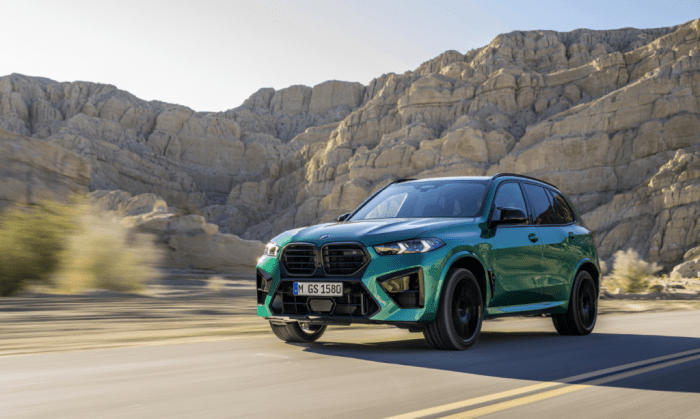
The 2025 BMW X5 hybrid’s fuel efficiency is a key selling point, and understanding its fuel requirements and consumption rates is crucial for potential buyers. This section details the recommended fuel type and provides estimates of fuel consumption under various driving scenarios.
Remember that these are estimates, and actual fuel consumption can vary based on individual driving habits and environmental factors.The recommended fuel type for the 2025 BMW X5 hybrid is premium unleaded gasoline with an octane rating of 91 or higher.
Using lower-grade fuel can negatively impact engine performance and fuel efficiency. The hybrid system itself uses a combination of gasoline and electricity, optimizing fuel use for better overall economy.
Fuel Consumption Rates
Understanding the expected fuel consumption across different driving conditions is important for budgeting and planning. The following estimates represent average consumption rates and may vary depending on factors like traffic, terrain, and driving style.
- City Driving:Expect a fuel consumption rate of approximately 28-32 mpg (miles per gallon). City driving involves frequent acceleration and braking, leading to higher fuel consumption compared to highway driving. This is consistent with similar hybrid SUVs in this class.
- Highway Driving:Highway driving, with its consistent speed and less braking, typically yields higher fuel economy. Expect a range of 35-40 mpg on the highway. This improved efficiency is a result of the hybrid system’s ability to utilize regenerative braking and coasting more effectively.
- Combined Driving:A combined driving cycle, which reflects a mix of city and highway driving, will likely result in fuel consumption between 30-35 mpg. This average provides a good overall picture of the vehicle’s fuel efficiency in real-world conditions. It’s a useful benchmark for comparing to other vehicles.
Issues Related to Incorrect Fuel Type, 2025 bmw x5 hybrid fuel capacity
Using fuel with an octane rating lower than recommended can lead to several problems. Lower octane fuel can cause knocking or pinging in the engine, potentially leading to reduced performance and engine damage over time. In extreme cases, it might even trigger the engine’s knock sensor, causing a reduction in power or even triggering a fault code.
It’s crucial to always use the recommended premium unleaded gasoline to ensure optimal performance and longevity of the hybrid system. The increased fuel efficiency offered by the hybrid system can be compromised if the incorrect fuel is used.
While the vehicle may run on lower octane, the long-term consequences are not worth the small potential savings.
Conclusion

Ultimately, the 2025 BMW X5 hybrid’s fuel capacity and efficiency are multifaceted considerations influenced by numerous factors. While the exact figures may vary based on the specific model and trim level, understanding these variables empowers potential owners to make an informed choice aligned with their individual needs and driving habits.
From comparing its fuel economy to competitors to understanding the impact of driving style, this analysis provides a solid foundation for evaluating the vehicle’s real-world performance and suitability.
Query Resolution
What is the warranty on the hybrid battery?
The warranty specifics for the hybrid battery will vary depending on your location and purchase agreement. Check your local BMW dealer for details.
Can I use regular gasoline in the 2025 BMW X5 hybrid?
No, always use the recommended premium gasoline type specified in your owner’s manual. Using the wrong fuel can damage the engine.
How often should I have the hybrid system serviced?
Consult your owner’s manual for recommended service intervals. Regular servicing is crucial for optimal performance and longevity of the hybrid system.
Does the hybrid system significantly increase the overall weight of the vehicle?
Yes, the addition of the hybrid components will add some weight, but the exact amount varies depending on the specific model and configuration. This added weight may slightly impact handling and fuel economy, but these effects are generally minimal.

